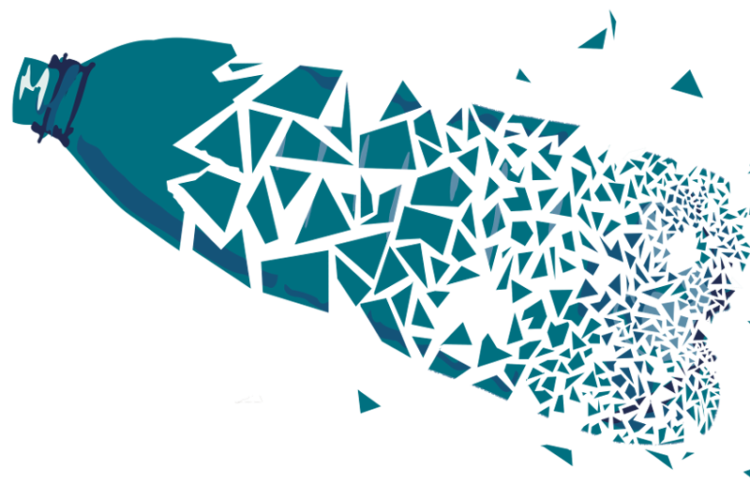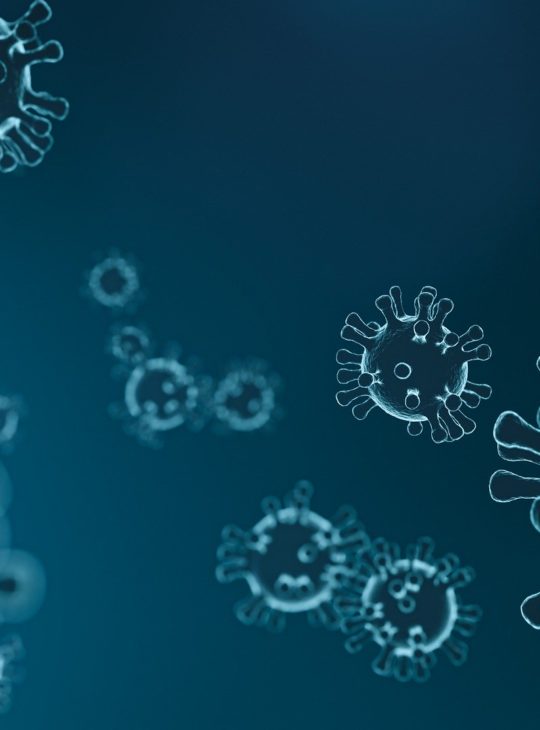Small particles. Big impact.
Beaches, clothing, bottled water, fish, beer, the air and honey all have one thing in common. They each contain microplastics.
Less than 5 millimeters in size [1], these confounding microparticles are an urgent concern as they invade food chains and slip through purification systems undetected. Microplastics are small plastic fibers and particles that originate from everyday objects. Sources [2] of these microplastics include:
– Clothes
– Paints
– Tire dust
– Plastic litter ( bags, bottles, straws)
– Personal care products (microbeads)
Of the tested tap water worldwide, 83% is polluted with microplastic fibers as small as 1/10th of a millimeter [3]. These fibers are dispersed into the environment through everyday activities such as doing laundry, swimming, walking in the streets, or cleaning your face. These microparticulates then end up in freshwater lakes, rivers, municipal treatment plants, and ultimately tap water. These sources affect not only our oceans, lakes, and springs, but the life of organisms that inhabit them. Figure 1 shows an analysis of microplastics from a sample of ocean water collected from the Pellestrina beach in the Lagoon of Venice. All three particles identified in box B have a size between 5 to 10 μm. The yellow particulates were identified as polypropylene, and the grey particulate was identified as PV23 Hoechst Laser pigment.

Entering your local convenience store, you assume purified bottled water is free from harmful particles. Surprisingly, bottled water is no exception to microplastics contamination and, in fact, has higher contamination than tap water. Research at the State University of New York at Fredonia showed that 93% of tested bottled water had microplastics contamination [4]. This has prompted the World Health Organization (WHO) to evaluate all available research on microplastics to help understand whether a lifetime of eating and drinking microplstics could have an effect on human health. Unfortunately, microplastics are not being detected in water purification systems, so they can come from the tap water sources as well as being created from the machinery during the bottling process. This presents a potential liability risk for beverage companies who are just now exploring how best to measure microplastics in their products.
Uncanny health effects
The impact to human health of microplastics contamination is currently unknown as the discovery is relatively new. This means we must find ways to study the composition and prevalence of microplastics as well as their biological and toxicological effects on humans.
As plastic waste breaks down in our environment, it becomes smaller and smaller and turns into fibers. These fibers can absorb toxic chemicals found in the water, such as plant pesticides or pollution from commercial ships. The microplastics then enter the food chain as organisms consume them, transferring these toxins into their bodies. These toxins translocate up the food chain until they are served on our plates. [5]
Although the impact of this toxin transmission from microplastics to fish to humans has yet to be studied, we do know the health effects toxins have on fish and small organisms. The consequences of toxin-sorbed microplastics ingested by fish can be two fold; exposure can be physical, causing tissue damage, or they can be chemical, resulting in bioaccumulation that causes liver toxicity. [2, 7]
Learn more on this subject on our webpage or contact Kobis for more information.




